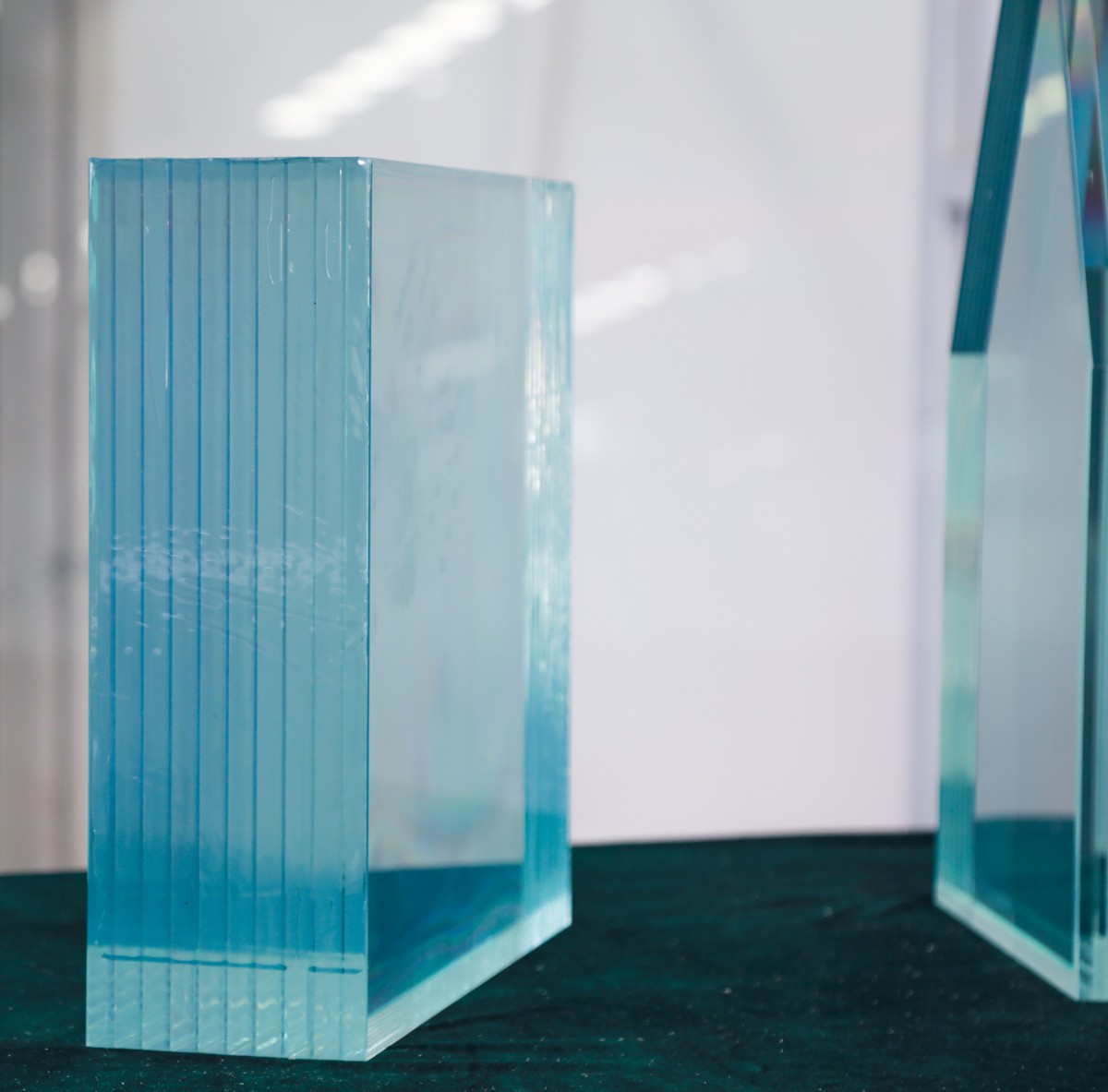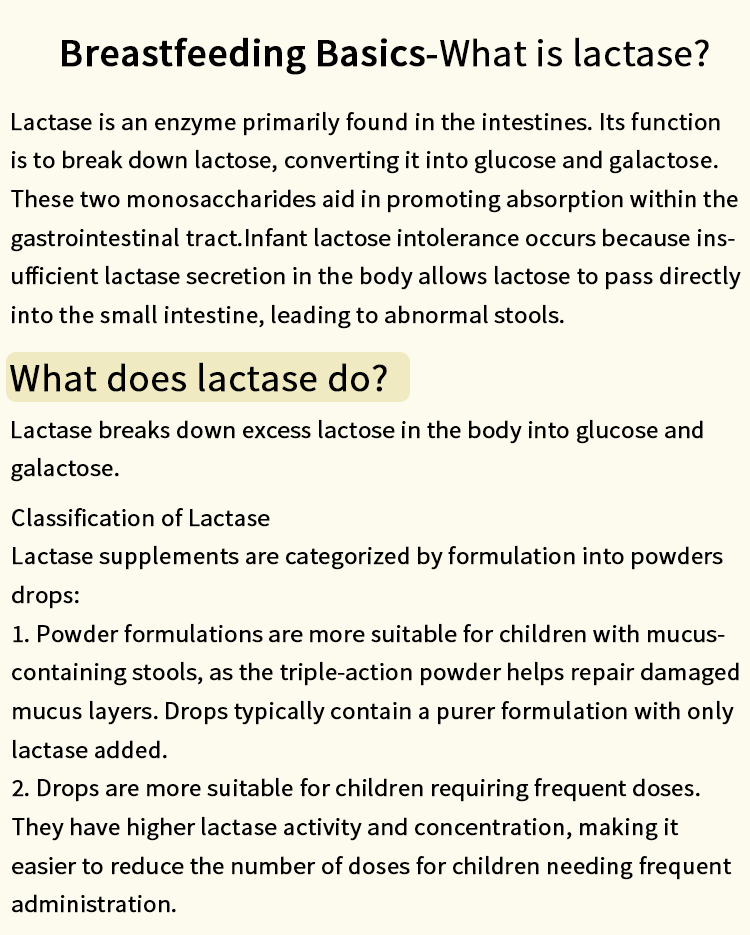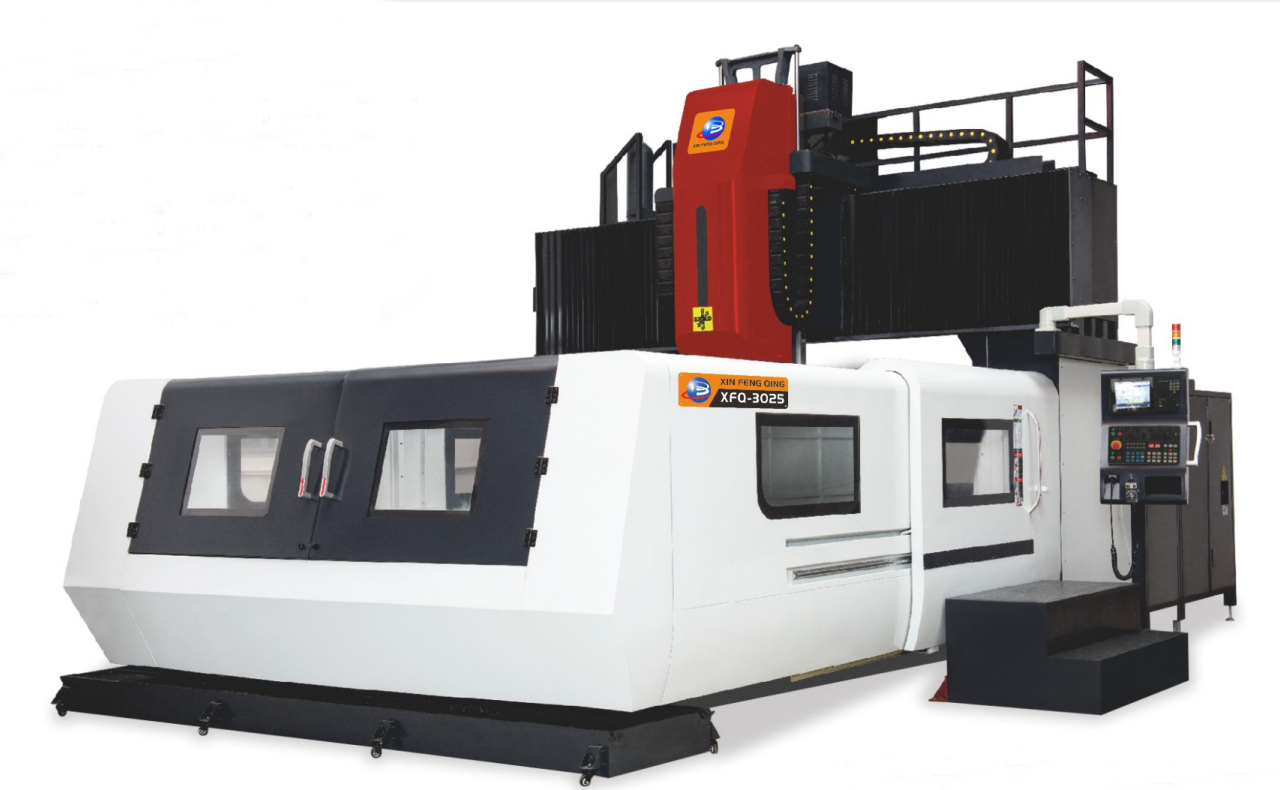When it comes to enhancing the aesthetic appeal and durability of your home, exterior cladding plays a pivotal role. It not only protects your property from the elements but also contributes significantly to its overall energy efficiency and resale value. With a myriad of options available, the question arises: What is the best exterior cladding? This article delves into various cladding materials, their benefits, and considerations to help you make an informed decision.
Understanding Exterior Cladding
Exterior cladding refers to the material applied to the outer surface of a building, serving as a protective layer against weather conditions while also providing insulation and aesthetic value. The choice of cladding can significantly influence the building's performance, maintenance requirements, and visual appeal.
Popular Exterior Cladding Materials
- Vinyl Siding
- Pros: Vinyl siding is one of the most popular cladding materials due to its affordability, low maintenance, and versatility in design. It is available in a wide range of colors and styles, making it easy to match any architectural design.
- Cons: However, vinyl can be susceptible to fading and may not withstand extreme weather conditions as well as other materials.
- Wood Siding
- Pros: Wood siding offers a classic and timeless look, providing excellent insulation and natural beauty. It can be painted or stained to achieve various finishes, allowing for personalization.
- Cons: The downside is that wood requires regular maintenance to prevent rot, insect damage, and weathering. It may not be the best choice in areas with high humidity or insect activity.
- Fiber Cement
- Pros: Fiber cement siding is a durable and low-maintenance option that mimics the appearance of wood or stucco. It is resistant to fire, insects, and rot, making it suitable for various climates.
- Cons: The initial cost can be higher than vinyl or wood, but its longevity and durability often justify the investment.
- Brick and Stone
- Pros: Brick and stone cladding provide unmatched durability and a timeless aesthetic. They are fire-resistant, require minimal maintenance, and offer excellent insulation properties.
- Cons: The installation process can be labor-intensive and costly. Additionally, the weight of these materials may require additional structural support.
- Metal Siding
- Pros: Metal siding, including aluminum and steel, is gaining popularity for its modern aesthetic and durability. It is resistant to pests, rot, and fire, and can be recycled, making it an eco-friendly choice.
- Cons: Metal can be prone to dents and may require periodic painting to prevent rust, especially in coastal areas.
Factors to Consider When Choosing Exterior Cladding
- Climate and Weather Conditions
- The local climate plays a crucial role in determining the best cladding material. For instance, homes in humid areas may benefit from fiber cement or vinyl, while those in dry climates might opt for brick or stone.
- Maintenance Requirements
- Consider how much time and effort you are willing to invest in maintaining your cladding. Some materials, like wood, require regular upkeep, while others, like metal or vinyl, are more low-maintenance.
- Aesthetic Appeal
- The visual impact of your cladding should align with your personal style and the architectural design of your home. Explore various textures, colors, and finishes to find the perfect match.
- Budget
- Your budget will significantly influence your choice of cladding. While some materials may have a lower upfront cost, consider the long-term investment in terms of durability and maintenance.
- Energy Efficiency
- Look for cladding materials that offer good insulation properties to enhance your home’s energy efficiency. This can lead to reduced heating and cooling costs over time.
Conclusion
In conclusion, the best exterior cladding for your home depends on a variety of factors, including climate, maintenance, aesthetics, budget, and energy efficiency. Each material has its unique advantages and disadvantages, making it essential to weigh these considerations carefully. Whether you opt for the classic charm of wood, the durability of fiber cement, or the modern appeal of metal, the right choice will not only enhance your home’s curb appeal but also provide lasting protection and value. By understanding the options available and their respective benefits, you can confidently select the exterior cladding that best suits your needs and preferences.





+ There are no comments
Add yours